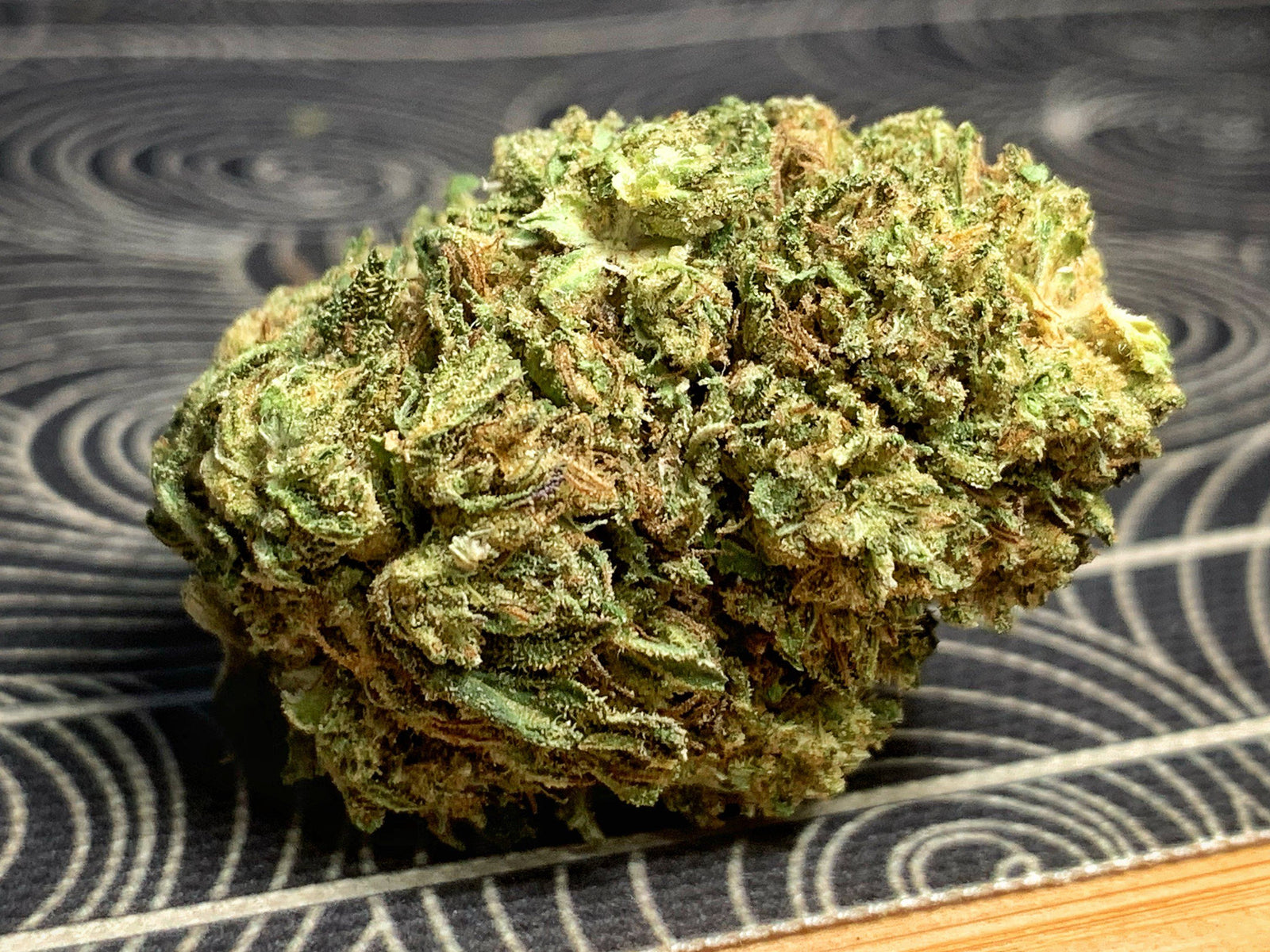Your Cart is Empty
Save 20% off with code:Jinglebuds20 - FREE SHIPPING ON ALL U.S. ORDERS $65+
Save 20% off with code:Jinglebuds20 - FREE SHIPPING ON ALL U.S. ORDERS $65+
Save 20% off with code:Jinglebuds20 - FREE SHIPPING ON ALL U.S. ORDERS $65+
October 23, 2020 2 min read
CBM or cannabimovone is another cannabinoid found in hemp flower. The remarkable plant contains a large number of naturally occurring chemicals. Most people know about CBD, also known as cannabidiol, and many also are aware of CBG and THC. Researchers have isolated 545 compounds in the popular plant.

Hemp is more than a single plant type. Like all plants, there are dozens and even hundreds of varieties. And these numbers keep growing as breeders develop new cultivars that meet specific needs. For example, these specialists have increased the percentage of CBD and CBG in hemp and cannabis. They are also working on breeding hemp without THC.
CBM is a minor cannabinoid found in the hemp variety of Carmagnola. Additionally, CBM isn’t really new. Researchers have known about it for nearly 20 years but didn’t dive into studies about the plant compound until recently.
Carmagola is a commune with nutrient-rich soil in Turin, Italy. The hemp cultivar is named for the region where it was first cultivated. This is also known as a landrace hemp strain. A landrace is a plant that hasn’t been altered or breed. Instead, the cultivar is 100% unique to the province. It’s rich in CBD and gets its unique compound structure from the warm days and cool evenings in the area.
What makes CBM unique from the other major and minor cannabinoids is how it interacts with the human body. Unlike the other phytocannabinoids and endocannabinoids, it interacts with the PPARa and PPARy receptors by binding to them. These are not part of the endocannabinoid system (ECS). CBD interacts with but doesn’t attach to the CB1 and CB2.
Other cannabinoids can interact with the PPARa and PPARy receptors. This includes CBD, THC, and CBG. But the only one that has a strong response is CBM. These receptors play a role in immune response, inflammation, and metabolism.
Minor cannabinoids are hard to study because the amount available is limited. As breeders produce cultivars with higher quantities of CBM, more information about the compound’s benefits will be available. Experts know that the naturally occurring plant chemical may play a role in weight management.
Additionally, CBM has the potential to help with several other wellness needs, such as natural energy levels and cell production. Studies may be easier to produce because CBM interacts with receptors that already have FDA approval for products that target the PPARa and PPARy.
The 10,000-plus-year-old plant is full of surprises. CBM is clearly a keeper. There’s enough evidence that CBM has the potential to offer benefits similar to or greater than CBD. Add CBM to your hemp extract to your daily routine, boost wellness, and keep your eye on our blog for further updates on this amazing “new” cannabinoid.
Comments will be approved before showing up.
